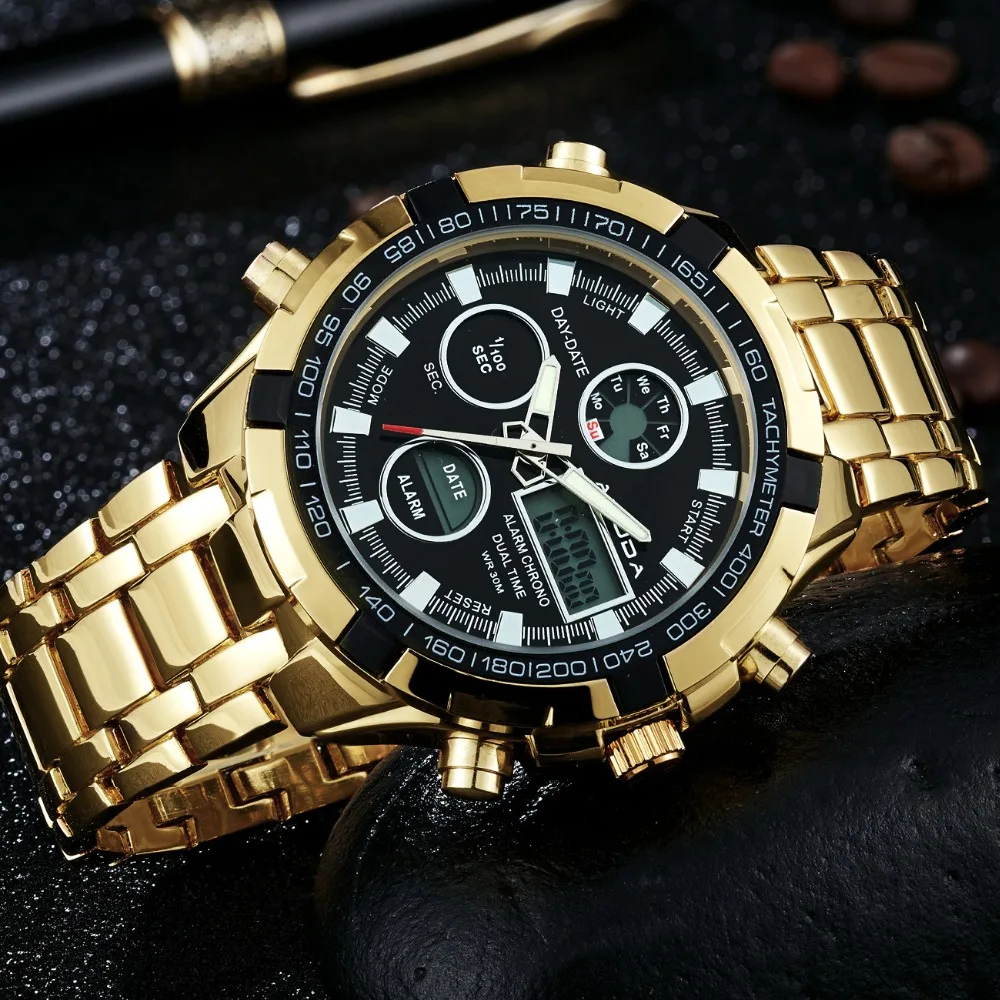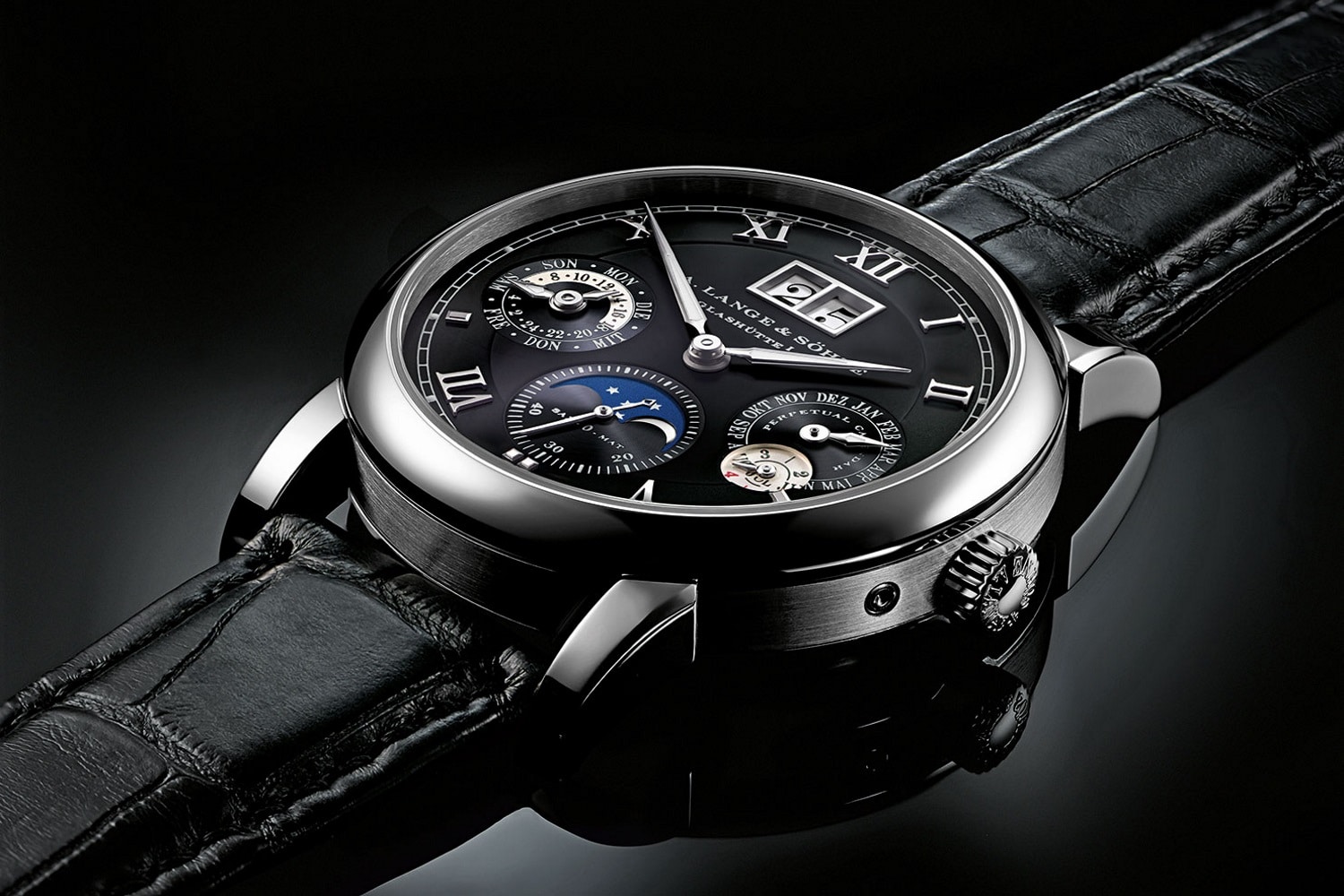Definition and Etymology of “Reloj”: Reloj In English

Reloj in english – The Spanish word “reloj” translates to “clock” or “watch” in English. It originates from the Latin word “horologium,” which means “time-teller.” The word “horologium” is derived from the Greek words “hōra” (hour) and “legein” (to gather or count). Over time, the word “horologium” evolved into the Spanish word “reloj.”
Usage Examples
The word “reloj” is commonly used in Spanish-speaking countries to refer to any device that measures and displays time. It can be used in various contexts, such as:
- Telling the time: “¿Qué hora es en tu reloj?” (What time is it on your watch?)
- Setting an alarm: “Tengo que poner el reloj despertador a las 7:00 am.” (I have to set the alarm clock to 7:00 am.)
- Checking the time on a public clock: “El reloj de la plaza marca las 12:00 pm.” (The clock in the square shows 12:00 pm.)
Types of Relojes
Relojes come in various forms, each with unique characteristics and mechanisms that cater to different preferences and needs.
The primary types of relojes include wristwatches, pocket watches, and grandfather clocks, each with its own set of features and applications.
Wristwatches, Reloj in english
Wristwatches are the most common type of reloj, designed to be worn on the wrist for convenient timekeeping.
- Typically smaller and more portable than other types of relojes.
- Powered by batteries or automatic movements that rely on the wearer’s motion.
- Available in a wide range of styles, from classic to modern, to suit personal tastes.
Pocket Watches
Pocket watches, also known as fob watches, were historically carried in a pocket or attached to a chain.
- Larger than wristwatches, with intricate designs and often collectible value.
- Powered by mechanical movements that require manual winding.
- Still popular among watch enthusiasts and collectors for their historical significance and craftsmanship.
Grandfather Clocks
Grandfather clocks, also known as longcase clocks, are tall, freestanding clocks that stand on the floor.
- Characterized by their long pendulum and intricate wooden casing.
- Powered by weights that drive the pendulum, providing accurate timekeeping.
- Often passed down as heirlooms due to their sentimental value and timeless design.
History and Evolution of Relojes

The history of relojes, or watches, is a fascinating journey through human ingenuity and technological advancements. From their humble beginnings as simple timekeeping devices to the sophisticated instruments they are today, relojes have played a vital role in our lives.
The earliest known relojes were sundials, which were invented in ancient Egypt around 3500 BC. These devices used the position of the sun to tell the time, but they were only accurate during the day and could not be used at night or in cloudy weather.
Water clocks, invented around 1400 BC, were another early form of timekeeping. These devices used the flow of water to measure time, but they were not very accurate and could be easily affected by changes in temperature or humidity.
The first mechanical clocks were invented in the 13th century, and they quickly became the most accurate timekeeping devices available. These clocks used a weight or spring to power a gear train that moved the hands of the clock. Mechanical clocks were initially very large and expensive, but over time they became smaller and more affordable.
In the 16th century, the invention of the balance spring made mechanical clocks much more accurate. The balance spring is a small spring that helps to regulate the speed of the clock’s gear train, making it keep time more precisely.
In the 18th century, the invention of the chronometer made it possible to determine longitude at sea. Chronometers are highly accurate clocks that can be used to calculate the time difference between two locations, which can then be used to determine longitude.
In the 19th century, the invention of the electric clock made it possible to create clocks that were more accurate and less expensive than mechanical clocks. Electric clocks use an electric current to power a motor that moves the hands of the clock.
In the 20th century, the invention of the quartz clock made it possible to create clocks that were even more accurate and less expensive than electric clocks. Quartz clocks use a quartz crystal to generate a precise electrical signal that is used to power the clock’s motor.
Today, relojes are available in a wide variety of styles and designs, from simple analog watches to sophisticated digital watches with GPS and other features. Relojes are an essential part of our lives, and they continue to evolve as technology advances.
Significant Milestones in Watchmaking Technology
- The invention of the balance spring in the 16th century
- The invention of the chronometer in the 18th century
- The invention of the electric clock in the 19th century
- The invention of the quartz clock in the 20th century